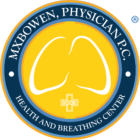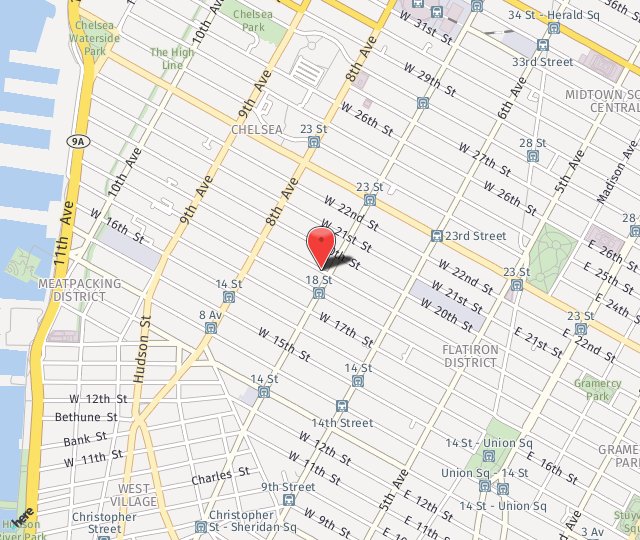
Why Would You Need a Bronchoscopy?
A bronchoscopy helps find the cause of a lung problem. The procedure can help determine if there is a tumor, excess airway mucus, signs of infection, blockages, or bleeding in the lungs. This test can also allow your pulmonary doctor to select samples of mucus or tissue for lab tests. A bronchoscopy is also a way to insert small tubes (airway stents) to keep your airways open to treat certain lung problems.
Some indications that you’d need a bronchoscopy include:
- Chronic or unexplained cough
- Coughing up blood
- An abnormality in a chest x-ray (a mass or inflammation in the lung)
- Evaluate a possible lung infection
One of the more advanced forms of this type of procedure is a navigational bronchoscopy.
What Is a Navigational Bronchoscopy?
A navigational bronchoscopy uses the newest electromagnetic technology to check out, diagnose, and biopsy lung disorders and diseases.
A local anesthetic is provided to numb your throat, so you don’t cough or gag. Also, you may be given medication that helps you relax.
Just like a GPS system, the doctor creates a roadmap of your lungs. Navigational bronchoscopy allows your doctor to use this map to access far reaches of your lungs. The information is then used to diagnose and biopsy even the smallest of lung lesions.
A traditional bronchoscopy procedure can’t detect or access the deeper areas of the lungs that a navigational bronchoscopy can. A navigational bronchoscopy also decreases the potential risk involved for a collapsed lung compared to a traditional bronchoscopy.
This type of procedure is usually done on an outpatient basis and takes about 30 to 60 minutes to complete.
Recovery from a Bronchoscopy
Once you’re home, the following helps make sure you have a smooth recovery:
- Spit out saliva. While your throat muscles are numb, don’t try to swallow it.
- Don’t eat or drink until the numbness in your throat subsides, which may last for about two hours.
- Once you’re ready, start with small sips of water, and move forward to solid food when you feel ready or as your doctor advised.
- If you had a biopsy, avoid coughing or clearing your throat.
- Restart any medications as your doctor advised.
Bronchoscopy Results
Your doctor should have the bronchoscopy results within one to three days after the procedure. Your doctor will use the results to determine the needed treatment for any lung problems that were found. If a biopsy was taken during the bronchoscopy, a pathologist will take a look at the tissue samples that were taken. The extent of these tests will determine how long the results will take.
If you have received an abnormal x-ray finding or your doctor has referred you to a pulmonologist for more tests, please contact our office to schedule a personal consultation with Dr. Marc Bowen. Dr. Bowen is a New York City pulmonologist providing the highest quality care and the latest diagnostic tests and in-office procedures.












